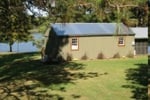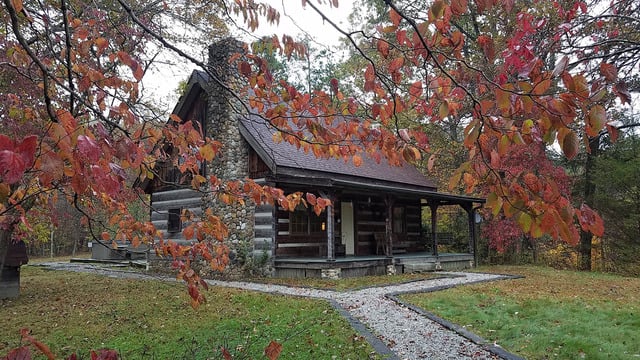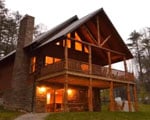WATERLOO STATE FOREST
Waterloo State Forest, located in southern Ohio, is a pristine natural haven characterized by its breathtaking beauty and diverse ecosystem. Spanning over 24,000 acres, this forest offers a rich tapestry of towering oak and hickory trees, interspersed with vibrant wildflower meadows and gently meandering streams. The forest's extensive trail network beckons outdoor enthusiasts to explore its wonders, leading them through enchanting woodlands and offering ample opportunities for hiking, horseback riding, and wildlife spotting. In this serene sanctuary, visitors can immerse themselves in the tranquility of nature, experiencing the harmonious symphony of chirping birds, rustling leaves, and the soothing trickle of water, offering a remarkable escape from the bustling modern world.

Cottages and Cabins
A lakeside retreat in the beautiful Hocking Hills on scenic Lake Logan. Full kitchen, Hot Tub, Satellite HD TV, sitting room, breakfast nook, and electric AC/Heat.
17.8 miles from park*





